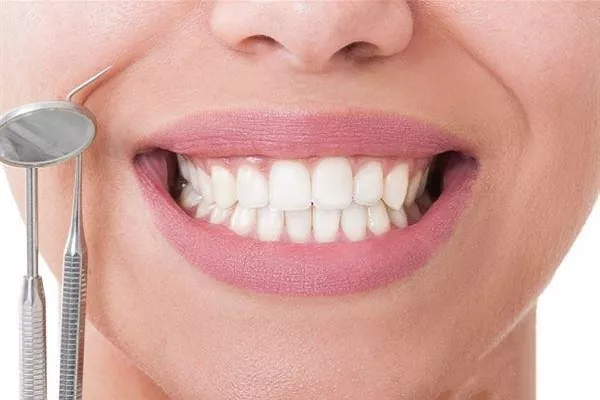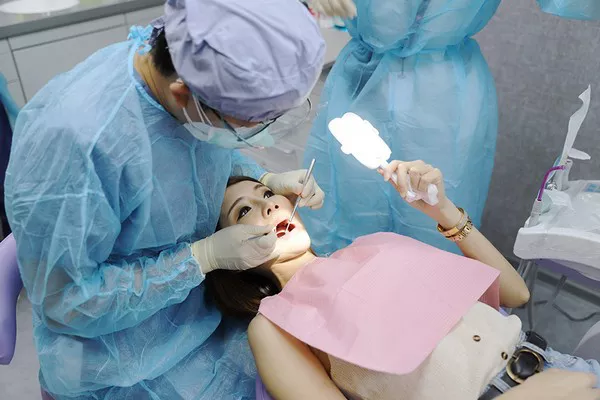Internal tooth bleaching is a cosmetic dental procedure designed to improve the appearance of discolored teeth from the inside out. This treatment is typically used to address teeth that have darkened or become stained due to factors such as trauma, root canal therapy, or aging. If you’re considering internal tooth bleaching to enhance your smile, one of your primary concerns may be the cost associated with this procedure. In this comprehensive guide, we will delve into the world of internal tooth bleaching, explore the factors influencing its cost, and provide insights into what you can expect when considering this cosmetic dental option.
Understanding Internal Tooth Bleaching
Internal tooth bleaching, also known as non-vital tooth bleaching, is a dental procedure that focuses on whitening teeth from the inside. This treatment is typically recommended for teeth that have undergone root canal therapy, where the tooth’s pulp chamber has been cleaned and sealed. Over time, these teeth can develop a gray or darkened appearance, which internal bleaching aims to improve.
The Procedure
Internal tooth bleaching involves the following steps:
Assessment: Your dentist will examine your discolored tooth to determine if it is a suitable candidate for internal bleaching. It’s essential to ensure that there are no underlying issues, such as infection or structural damage, before proceeding.
Isolation: The tooth to be treated will be isolated with a rubber dam to prevent the bleaching agent from coming into contact with surrounding teeth and tissues.
Access: A small opening is created in the back of the tooth to access the pulp chamber, which is then thoroughly cleaned to remove any debris or remnants of the root canal treatment.
Placement of Bleaching Agent: A bleaching agent, often containing hydrogen peroxide or sodium perborate, is placed inside the tooth. The access opening is sealed with a temporary filling.
Activation: In some cases, a heat or light source may be used to activate the bleaching agent, potentially enhancing its effectiveness.
Monitoring: The progress of the bleaching process is monitored over several days or weeks, and additional appointments may be necessary to achieve the desired level of whitening.
Factors Influencing the Cost of Internal Tooth Bleaching
The cost of internal tooth bleaching can vary widely based on several factors:
Dentist’s Expertise: The experience and expertise of the dentist performing the procedure can influence the cost. Experienced dentists may charge higher fees.
Geographic Location: The cost of dental procedures, including internal bleaching, can vary significantly depending on the region or city where you receive treatment. Urban areas tend to have higher dental costs than rural ones.
Complexity of the Case: The extent of discoloration, the number of teeth requiring treatment, and any associated dental issues can affect the overall cost.
Materials Used: The type and quality of materials, such as the bleaching agent and restorative materials, can impact the cost.
Additional Procedures: If additional dental work is required before or after internal bleaching, such as restoration or tooth repair, it will add to the overall cost.
Dental Insurance: Dental insurance may cover part of the cost of internal tooth bleaching, depending on your plan. Check with your insurance provider to understand your coverage.
Follow-Up Appointments: The number of follow-up appointments needed to achieve the desired results can influence the total cost.
Average Cost of Internal Tooth Bleaching
On average, the cost of internal tooth bleaching can range from $300 to $1,000 per tooth. However, it’s essential to keep in mind that this is a general estimate, and actual costs may vary widely depending on the factors mentioned earlier.
Tips for Managing the Cost of Internal Tooth Bleaching
If you’re considering internal tooth bleaching but are concerned about the cost, here are some tips to help you manage expenses:
Consult Multiple Dentists: Get price quotes from multiple dentists or dental clinics to compare costs and treatment plans.
Ask About Payment Plans: Inquire with your dentist about payment plans or financing options to spread the cost over time.
Check Dental Insurance: If you have dental insurance, verify whether it covers any part of the procedure and what your out-of-pocket expenses may be.
Discuss Treatment Options: Talk to your dentist about alternative treatment options or approaches that may be more cost-effective while achieving similar results.
Prioritize Teeth: If you have multiple teeth requiring treatment, discuss with your dentist which teeth should be prioritized based on your budget and goals.
Maintain Oral Health: After treatment, focus on maintaining good oral hygiene to prolong the results and reduce the need for future dental procedures.
Conclusion
Internal tooth bleaching can be an effective way to improve the appearance of discolored teeth resulting from root canal therapy or other factors. The cost of this procedure can vary based on several factors, so it’s essential to consult with a qualified dentist to assess your specific case and provide a tailored treatment plan and cost estimate. While the cost of internal tooth bleaching is an important consideration, the potential enhancement of your smile and confidence may make it a worthwhile investment in your dental health and overall well-being.
Related Topics:
































